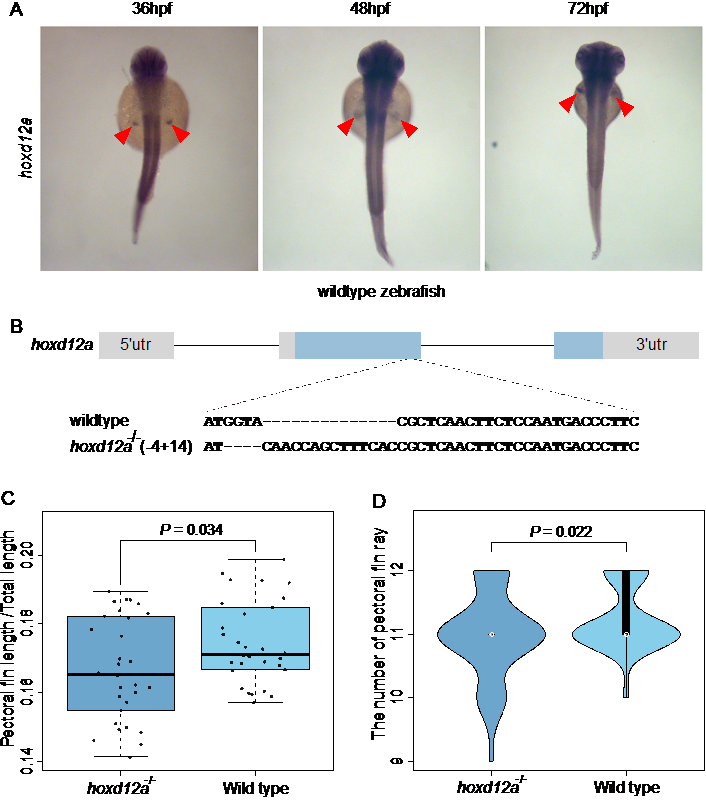
Newsroom
Enlarged Fins Enable Tibetan Catfish to Adapt to High Plateau
With the uplift of the Tibetan Plateau, large mountains and rivers were created in Euroasia that significantly altered its geomorphology and climate. Since fishes are largely restricted to river systems, they are more likely to be affected than other organisms. A group of catfish that live on the Tibetan Plateau and are subject to rapid water flow have evolved greatly enlarged pectoral fins with more fin-rays to form an adhesive apparatus. It remains unclear, however, what genetic basis underlies these adaptations in Tibetan catfishes.
A study led by Prof. HE Shunping from the Institute of Hydrobiology (IHB) of the Chinese Academy of Sciences recently found that Tibetan catfish evolved faster to better adapt the extreme environments of the Tibetan Plateau. The study was published in Science China-Life Sciences.
The researchers firstly generated a chromosomal-level genome of G. maculatum, which is significantly better than earlier genome version from other researchers.
Using whole genome comparative analyses, the researchers found that the evolutionary rate of G. maculatum is significantly faster than that of other low-altitude fishes, suggesting that the G. maculatum lineage accelerated protein evolution to better adapt to the harsh environments of the Tibetan Plateau.
The researchers further performed functional assays by knockouting the Hoxd12a gene in zebrafish. They discovered a potential role for this gene in shaping the enlarged fins of these Tibetan catfishes, with shorter pectoral fin in hoxd12a-/- zebrafish.
Functional assays of TRNA 5-methylaminomethyl-2-thiouridylate methyltransferase (TRMU) reveal that the G. maculatum TRMU allele generates more mitochondrial Adenosine Triphosphate (ATP) than the ancestral allele found in low-altitude fishes. Furthermore, functional assays of von Hippel-Lindau tumor suppressor (VHL) alleles suggest that the G. maculatum allele has lower transactivation activity than the low-altitude forms.
This study represents the first example of investigating phenotypic adaptation to the Tibetan Plateau by integrating genomic and functional evidences in fishes.

Functional analyses of hoxd12a gene in zebrafish (Image by IHB)
(Editor: MA Yun)